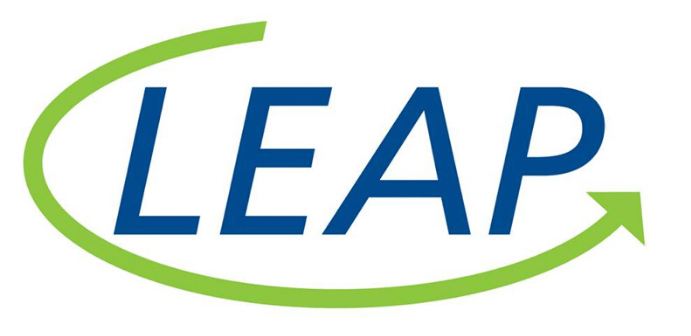Disability Employment Shouldn’t Lag in Tight Labor Market
Posted on 10/26/18 in General
The Employers Resource Council (ERC), with Crain’s Cleveland Business, recently released the results from their annual survey of 111 Northeast Ohio area organizations. The 2018 results showed a large increase in the number of respondents (51) who say their biggest challenge is “hiring and retention of talent” compared to previous years. In fact, this has been the top challenge overall for the last eight years.
Throughout the survey, the results show several initiatives to help source skilled workers – from a huge jump in social media use to developing internships and internal management training. It discussed traditional incentives including retirement and health care plans as well as expanded incentives such as financial assistance for job-related training, flex-time, and even pet insurance.
Results of the survey didn’t indicate that new approaches to diversity and inclusion were being considered. This is a missed opportunity.
The overall unemployment rate is about 4% nationally. However, for persons with a disability the unemployment rate is 10%. (2018 Bureau of Labor Statistics)
This pool of skilled workers has traditionally been excluded from hiring initiatives due to factors such as cost fears and assumptive biases on abilities or limitations.
Increased cost fears based on stereotypes
According to Job Accommodation Network’s research from 2004 – 2017, data has consistently shown that the benefits to businesses becoming ADA compliant and providing workplace accommodations far outweigh any costs. Roughly 59% of respondents reported that accommodations cost nothing, with the rest reporting around $500. 90% said an accommodation helped ‘retain a valued employee,’ and 61% said it ‘eliminated costs associated with training a new employee.’ In addition, it indirectly improved overall company productivity by 56% and profitability by 27%.
There is a misconception that hiring persons with disabilities will increase company health insurance costs, but many persons with disabilities receive healthcare assistance from Medicare or a Medicaid buy-in option.
Job candidates with disabilities seeking work are eager to be employed. They are a loyal workforce who can bring unique ideas and perspectives.
Develop an inclusive culture
Creating a culture around inclusiveness starts with training for leadership and managerial staff. It is important that employees across the organization can see that inclusive practices are not just ‘words’ but have concrete implementation.
There are online resources available for business as well as experts who can guide organizations in adapting their hiring and retention programs to ensure they are attracting a more diverse and inclusive workforce. LEAP provides hiring and retention services as well as inclusive workplace trainings to business and organizations interested in a diverse workforce and the benefits that it brings.
Amid the nation’s tightest job market in 50 years, can your organization afford NOT to reach out to this untapped and skilled workforce?



